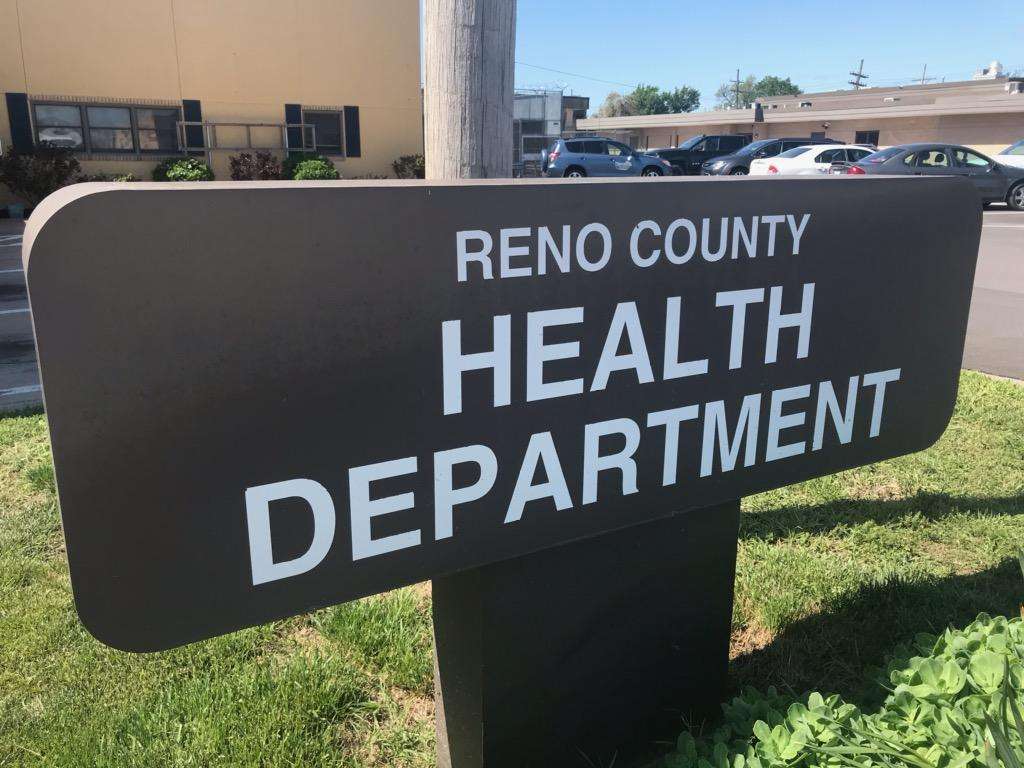
NICK GOSNELL
Hutch Post
HUTCHINSON, Kan. — Reno County Health Department Educator Seth Dewey wants the public to be aware that helping someone who is experiencing a fentanyl overdose is both needed and safe.
"The thing that we have to remember is that fentanyl is a powerful opioid," Dewey said. "It's just like morphine, just 100 times stronger. Signs of a fentanyl occurrence, they show slow or shallow breathing, pale skin, slow pulse and loss of consciousness."
The Tennessee Department of Mental Health and Substance Abuse Services said back in August, "When in powder form, fentanyl and its analogs (including carfentanil and fluorofentanyl) cannot be absorbed through the skin."
An article in the journal Prehospital and Disaster Medicine in June notes the experience of someone who worked in a plant where fentanyl is made.
"This individual had a large volume of liquid fentanyl that actually spilled on him," Dewey quoted. "The individual went of course right into decontamination and everything like that, went through a medical and there were no clinical effects of opioid exposure observed."
If you believe you have been exposed to fentanyl,
- Do not touch your eyes, nose, or mouth.
- Wash your hands with soap and water to remove any substance from your hands.
- If you begin to experience any adverse medical symptoms, seek medical attention.
According to the Reno County Overdose Dashboard, there were 31 drug overdoses of all types in Reno County in November. Out of those 31 overdoses, in 12 of the cases, they know the type of overdose and it was reported to the dashboard. Five were from alcohol, three were from prescription drugs, two were from methamphetamine, one was cocaine and one was an over the counter medication.
There were two opioid overdose ER visits and one alcohol poisoning ER visit. Naloxone was used three times in the county and one person died.
Dewey really only sees three ways to reduce overdoses in the long run.
"There's supply reduction, which our law enforcement partners are working hard on every day," Dewey said. "There's harm reduction, which is what we're talking about, with overdose recognition and naloxone, but then there's demand reduction. That's where our treatment providers and other individuals have the tough task of looking at how do we stop the demand?"
A societal issue of self-medication for psychological trauma and the ability to get the money to afford those substances is why many use substances in a harmful way, and Dewey says until we solve that problem, we will have to have these other strategies available to help keep people alive.
CLICK HERE to download the Hutch Post mobile app.
CLICK HERE to sign up for the daily Hutch Post email news update.





